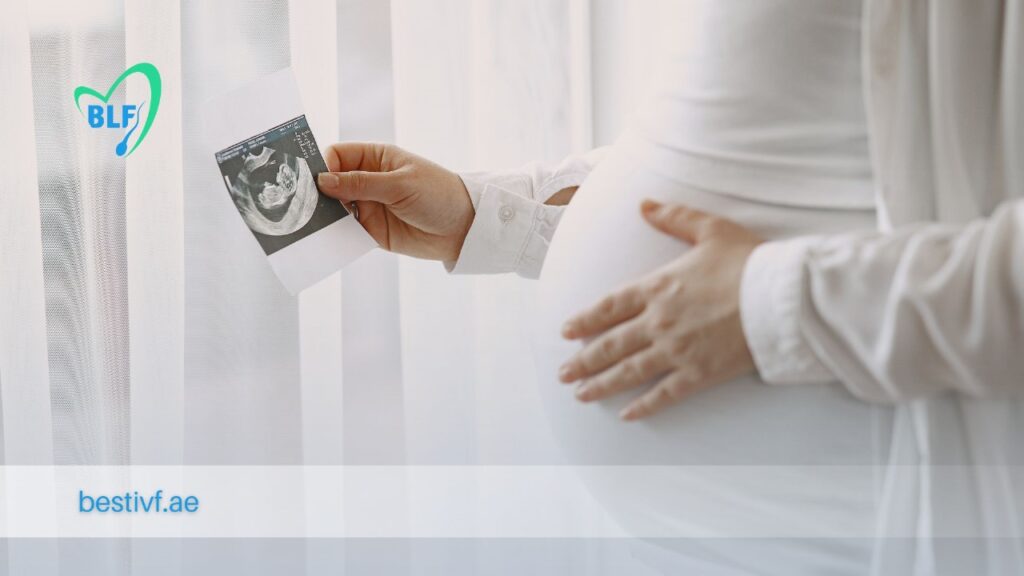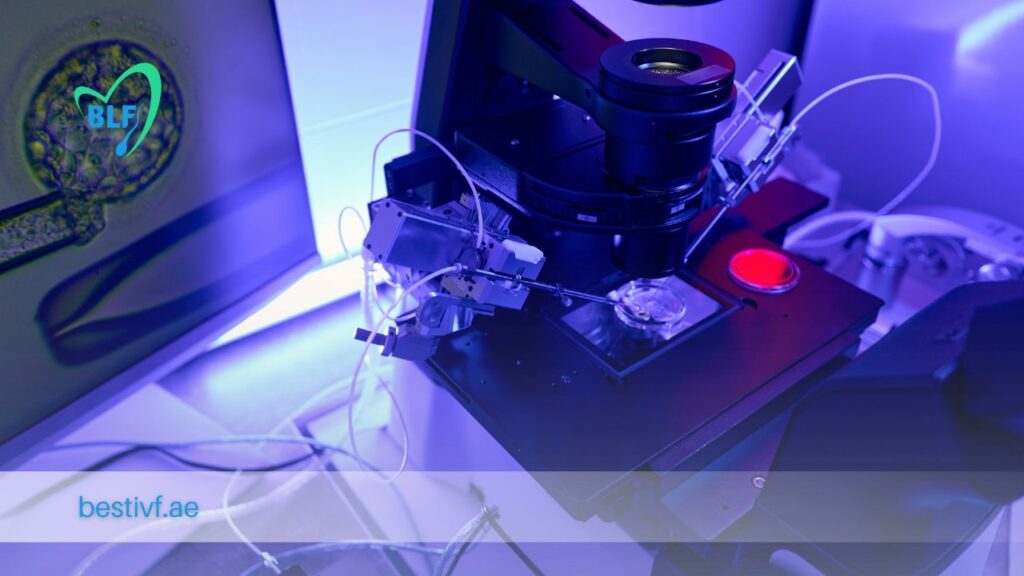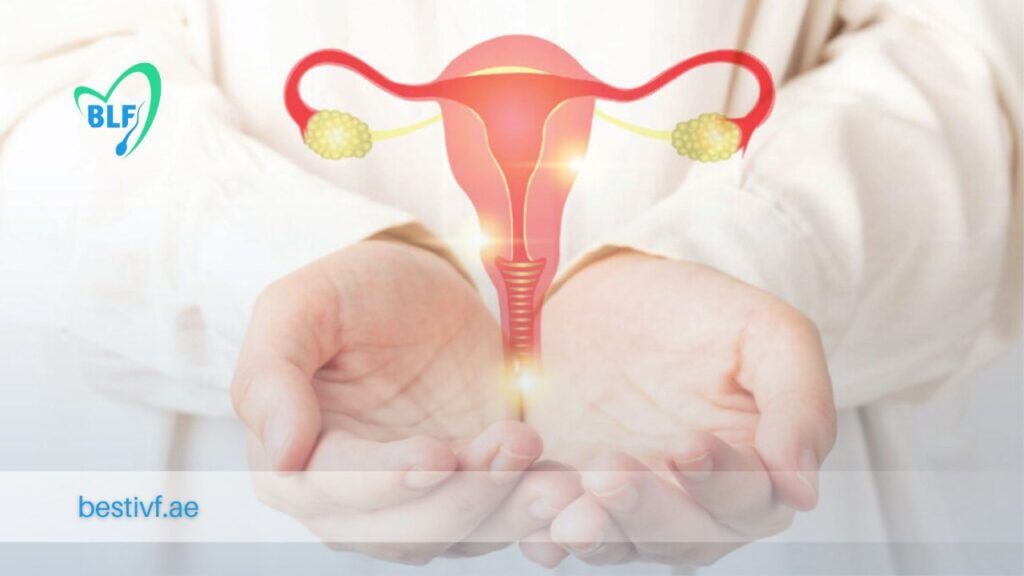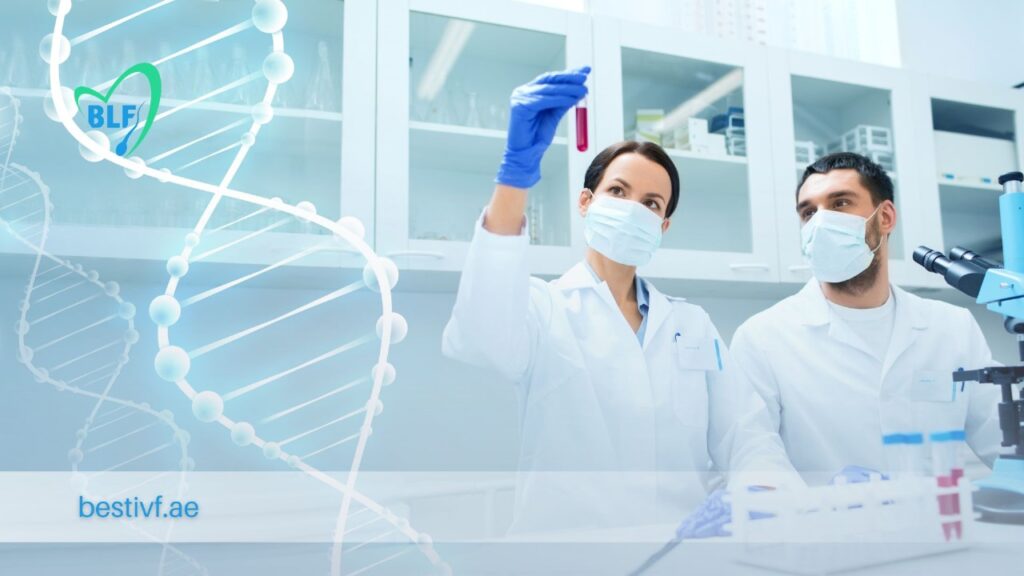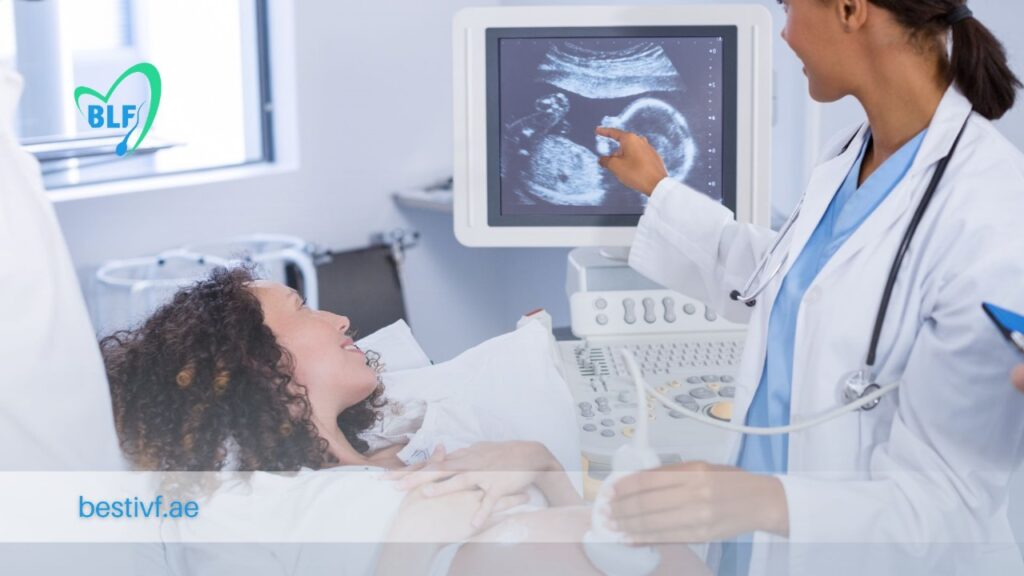What are the options available in assisted reproductive technology?
Embarking on the journey to parenthood can be a profound and challenging experience, especially for couples facing fertility struggles. Assisted Reproductive Technology (ART) offers a range of options to those encountering obstacles on their path to conception. This comprehensive guide explores four prominent assisted reproductive methods, including Intrauterine Insemination (IUI), In vitro fertilization (IVF), Intracytoplasmic Sperm Injection (ICSI), and Physiological Intracytoplasmic Sperm Injection (PICSI). Our goal is to provide a deep understanding of these methods, empowering individuals with knowledge as they navigate the complexities of fertility treatments. 1- Intrauterine Insemination (IUI): The Essence of IUI: Assisted Reproductive Technology, specifically Intrauterine Insemination (IUI), offers a less invasive approach to fertility enhancement. Tailored for couples undergoing some fertility problems such as unexplained infertility or mild male factor issues, IUI involves strategically placing sperm from the father directly into the uterus during the woman’s fertile window, giving sperm a better chance at fertilizing the egg. Procedure Unveiled: The Personalization Factor: What sets IUI apart is its personalized and simple approach within the realm of Assisted Reproductive Technology. Our Specialists in Best Life Fertility center consider the couple’s unique circumstances, medical history, and fertility challenges. This tailored strategy ensures that the chosen Assisted Reproductive Technology method aligns seamlessly with the individual journey to parenthood. 2- In vitro Fertilization (IVF): Decoding the Complexity of IVF: In vitro fertilization (IVF), a versatile and sophisticated Assisted Reproductive Technology, caters to a spectrum of fertility issues. This multi-step procedure involves fertilizing eggs with sperm outside the body before implanting resulting embryos into the uterus. Navigating the IVF Process: The All-Encompassing Solution: IVF’s versatility positions it as a comprehensive solution within Assisted Reproductive Technology, addressing various challenges like fallopian tube factor infertility, endometriosis, advanced maternal age,recurrent miscarriages, and male factor infertility. Its success lies in its adaptability to the diverse needs of aspiring parents within the realm of Assisted Reproductive Technology. What Best Life Fertility Offers: Cutting-Edge Assisted Reproductive Technology Solutions: Best Life Fertility is at the forefront of offering state-of-the-art assisted reproductive technology solutions. From Intrauterine Insemination (IUI) to In Vitro Fertilization (IVF), Intracytoplasmic Sperm Injection (ICSI), and Physiological Intracytoplasmic Sperm Injection (PICSI), the center provides a comprehensive array of fertility treatments. Personalized Treatment Plans: Understanding that every journey to parenthood is unique, Best Life Fertility tailors treatment plans to suit the individual needs and circumstances of each couple, ensuring a personalized and effective approach to assisted reproductive technology. 3- Intracytoplasmic Sperm Injection (ICSI): Precision in Assisted Reproductive Technology Intracytoplasmic Sperm Injection, commonly known as ICSI, stands as a groundbreaking solution for overcoming male infertility challenges and some unexplained infertility problems. This cutting-edge technique involves the direct injection of a single healthy sperm into an egg, greatly improving the likelihood of successful fertilization. Streamlining the ICSI Process: Tailoring Solutions for Male Factor Infertility: ICSI emerges as a lifeline for couples grappling with male factor infertility, whether it’s a case of abnormally shaped sperm, or low sperm count, poor sperm motility or other important male infertility cases, ICSI provides a precise and effective method to overcome obstacles on the path to conception. 4- Physiological Intracytoplasmic Sperm Injection (PICSI): Elevating Sperm Selection Physiological Intracytoplasmic Sperm Injection, or PICSI, represents an evolution in the realm of IntraCytoplasmic Sperm Injection (ICSI) by introducing an additional meticulous sperm selection method . Key Steps of PICSI: Elevating the Odds of Success: By focusing on the careful selection of the most robust sperm within the best advanced sperm selection methods, PICSI significantly enhances the chances of successful fertilization. This makes it an appealing choice for couples seeking an optimized outcome in their journey towards conception. Choosing the Right Treatment: Key Considerations by Specialists in Assisted Reproductive Technology The Art and Science of Personalization: Selecting the most suitable assisted reproductive technology involves a delicate balance of art and science. At Best Life Fertility Center, our Specialists meticulously consider the couple’s medical history, age, and specific fertility challenges. This personalized approach ensures that the chosen method aligns seamlessly with the unique circumstances and aspirations of the parents. Best Life Fertility: Your Support System in the Parenthood Journey: Beyond Medical Expertise: Throughout the entire assisted reproductive technology treatment , Best Life Fertility stands as a beacon of support. Our compassionate team provides the best emotional support for couples, ensuring that each couple feels nurtured and understood on their journey to parenthood. Conclusion: In summary, assisted reproductive technologies go beyond being mere medical procedures; they embody hope and empowerment for couples navigating fertility challenges. This guide is designed to unravel the intricacies of IUI, IVF, ICSI, and PICSI, empowering individuals to make informed decisions. With ongoing technological advancements and the continuous evolution of fertility centers like Best Life Fertility, the dream of parenthood becomes a tangible reality for those embarking on this transformative journey. May this comprehensive exploration act as a guiding light, illuminating the path to a future filled with the joy of parenthood. References https://www.ncbi.nlm.nih.gov/books/NBK576409/ https://www.medicalnewstoday.com/articles/assisted-reproductive-technology
What are the options available in assisted reproductive technology? Read More »

